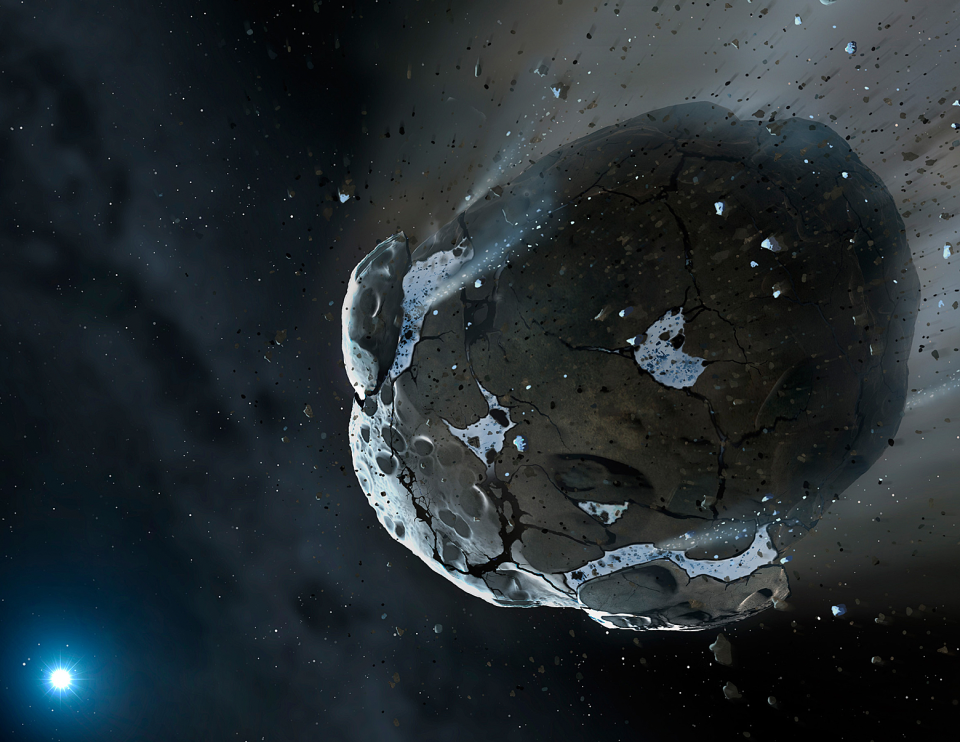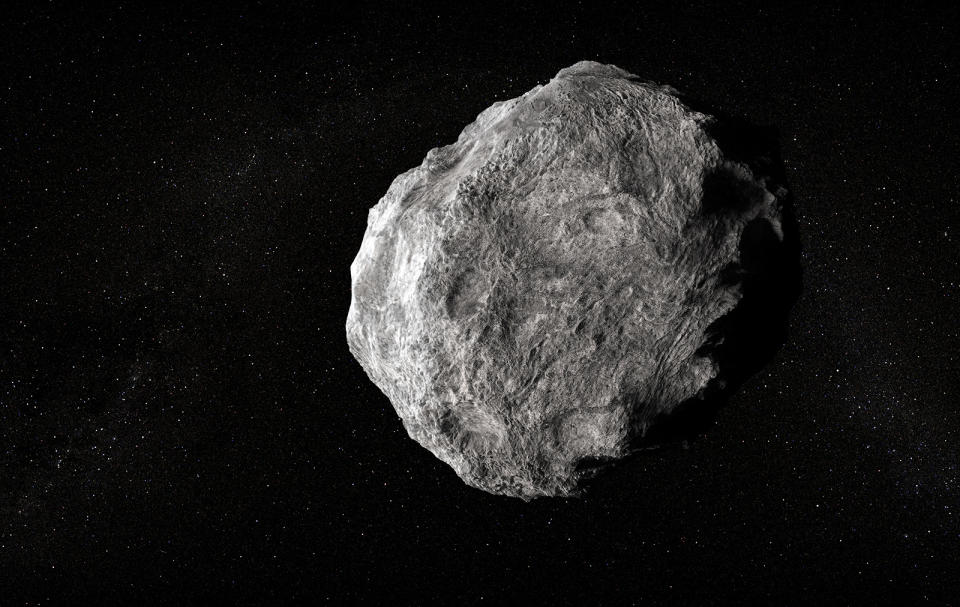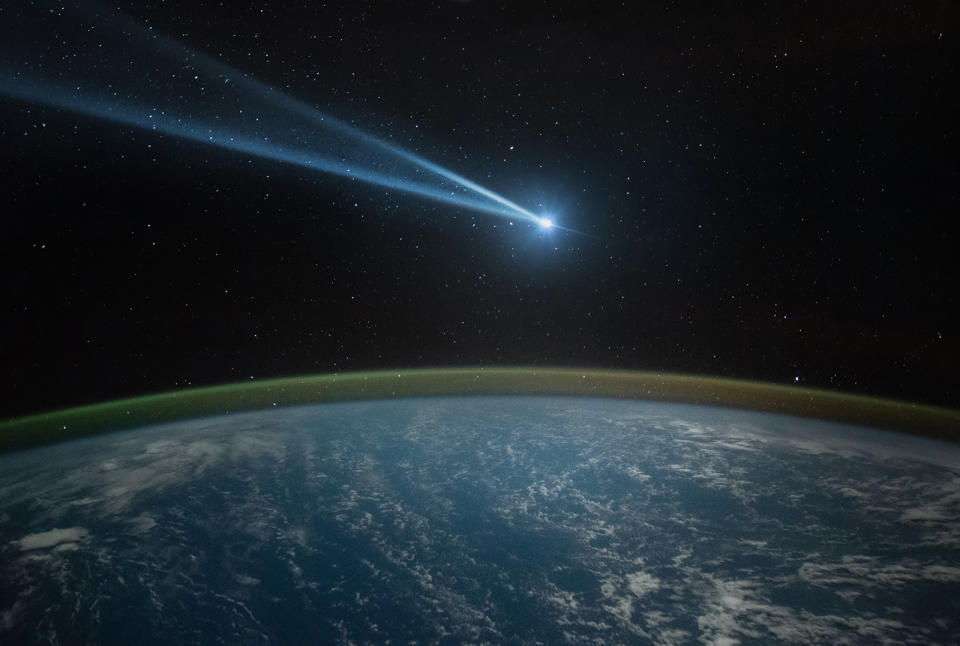A giant asteroid that’s 3,500 feet wide is hurtling toward Earth right now

A giant asteroid over 3,500 feet wide is flying through space towards the Earth. Don’t worry, though, it isn’t going to hit us, but it will pass close by on January 18, 2022. Astronomers named it Asteroid 7498 (1994 PC1). The asteroid is roughly 2.5 times the height of New York’s Empire State Building. NASA considers it a potentially hazardous asteroid because of its size, and how close it flies close to the planet.
Today's Top Deals
Amazon has COVID-19 rapid tests in stock right now if you hurry!
Brand new AirPods Pro with MagSafe are so cheap it might be a mistake
Amazon's #1 best-selling bed sheets with 84,000 5-star reviews are 50% off — just $19.99!
This giant asteroid will pass by the Earth

While massive, Asteroid 7498 (1994 PC1) isn’t an impact concern right now. That means we shouldn’t have to worry about its path changing and bringing it any closer to the Earth. In fact, 7498 is only expected to pass within 1.2 million miles of the Earth. That’s over five times the distance between the Earth and the Moon. It is also the closest that it will come for the next 200 years.
Related video: NASA launches test for asteroid-deflecting spacecraft
Because it will pass so far from the Earth, the chance of seeing this giant asteroid with the naked eye is slim. Viewers will need a small telescope, at the least. They’ll also need to have that telescope pointed at the exact place the asteroid will pass at the exact time that it passes.
Those interested in seeing the asteroid will want to make use of a telescope in their backyard. Try to set up in darker areas, as the speed of the asteroid makes it difficult to see. You'll be able to see it best on January 18, after it starts making its closest approach. EarthSky breaks down the course of the asteroid very well, if you're interested in finding out more details about when to see it.
The discovery of Asteroid 7482 (1994 PC1)

This giant asteroid was first discovered by Robert McNaught in August of 1994. McNaught is credited with the find, but other astronomers previously observed the asteroid.
The astronomers found that the object travels at around 43,754 miles per hour relative to the Earth. They were then able to use data gathered over 47 years to determine its exact orbit. As mentioned above, Asteroid 7482 will pass closely by the Earth later this month.
However, it won’t come nearly as close in the next few hundred years. As such, any budding astronomers that want to get a look take the opportunity to observe it as it flashes through the night sky on January 18 and 19, depending on your timezone. Of course, this isn't the first (or last) time an asteroid has come close to Earth, so young astronomers should have other chances in the future, too.

